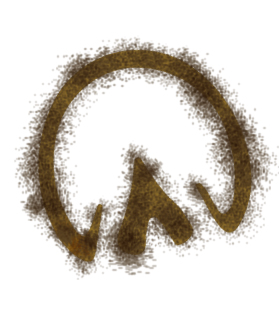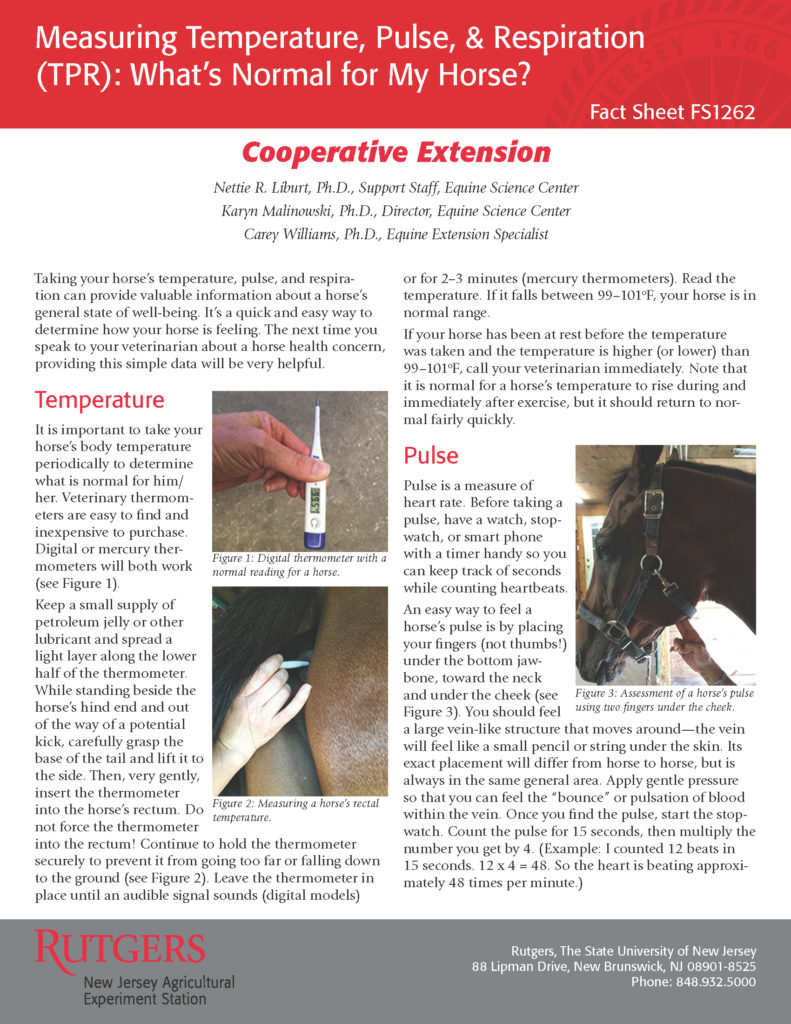Hay Everybody!
Whew, here at the Equine Science Center we’ve had a busy couple of weeks preparing for and hosting the Horse Management Seminar in addition to all of our regular activities. With so much going on, I had almost forgotten Valentine’s Day. It’s a good thing my friends reminded me. My true love, Hugme Christi, would not be happy if I forgot to give her a Valentine’s Day gift. She’s not afraid to make her opinion known, so I’m pretty sure I never would have lived the embarrassment down. Good thing I came up with the perfect gift this year. Guess what I’m going to give her? A healthy heart that beats just for her!

Having found the perfect gift for my sweetheart, I thought I’d share how you can help your horse give the same gift this year. The first step in keeping your horse and its heart healthy is knowing what is normal for your horse. Monitoring your horse’s vital signs is an important part of any good management plan. Knowing your horse’s normal temperature, pulse, and respiration rates or TPR is critical to recognizing and catching problems early. We’ll focus on the heart first. A horse’s pulse rate is typically obtained by listening to your horse’s heart with a stethoscope. Go ahead and grab a stethoscope before you head to the barn. After placing the stethoscope directly behind your horse’s left elbow, you should be able to hear a clear “lub-dub”. These rhythmic noises are the sound of the heart’s valves opening and closing as blood is pumped through the heart and out into circulation. You can count each “lub-dub” for thirty seconds or a minute. Grab your phone, a friend, or a watch to keep track of the time. If you count for thirty seconds, you’ll want to multiply the number of beats you count by two to obtain the number of beats per minute. A healthy, adult horse will have a pulse rate of 28 to 48 beats per minute. If you don’t have access to a stethoscope, you can feel your horse’s pulse rate in one of the major arteries. One of the easiest places to find your horse’s pulse is on the inside of the horse’s jawbone. You should be able to feel the artery with your fingertips. It’ll feel like a small pencil or string under the skin. You should feel it “pulse” and be able to count each individual pulse. This will give you your horse’s pulse rate. These pulses are felt each time blood is pumped out of the heart and through the artery.
Having someone take my temperature is my least favorite part of the TPR process. I know it’s important, but I don’t have to like it! To take your horse’s temperature, you’ll need a thermometer. Apply some sort of lube to the thermometer (petroleum jelly works well). Then gently insert it into your horse’s rectum. Make sure you stand to the side of the horse while performing this step. Not all horses are as well-behaved as I am and may kick you! Hold onto the thermometer until the reading is complete. If you’re using a digital thermometer, it will beep. Then gently remove the thermometer and read the result. A healthy, adult horse should have a resting temperature of 99-100°F.
Respiration rate is the last thing assessed when taking TPR in a horse. The respiration rate refers to the rate at which a horse breathes and is measured in breaths per minute. You can stand next to your horse and watch the rise and fall of its flank or place your hand in front of the horse’s nose to feel the breaths come in and out. If you choose to use your hand at the horse’s nostrils, just give the horse a few seconds to sniff or investigate your hand before you begin counting. If you don’t give the horse time to adjust you may end up with an abnormally high result because the horse is investigating your hand and inhaling and/or exhaling more frequently to smell your hand. You’ll need to time yourself again, so you can count the number of breaths in thirty seconds or a minute. A healthy, adult horse should have a respiration rate of 8 to 14 breaths per minute.
For more tips on TPR in horses you can check out our fact sheet. Routinely monitoring your horse’s vital signs helps you establish what is normal for your horse and identify problems early. Preventative measures and careful monitoring are some of the best ways to keep your horse and its heart healthy for years to come. Show a little love to your horse and take the time to regularly measure and record its temperature, pulse, and respiration.
Until next time!
Your Friend,

Lord Nelson


Comments (1)
Wendy
Feb 13, 2020